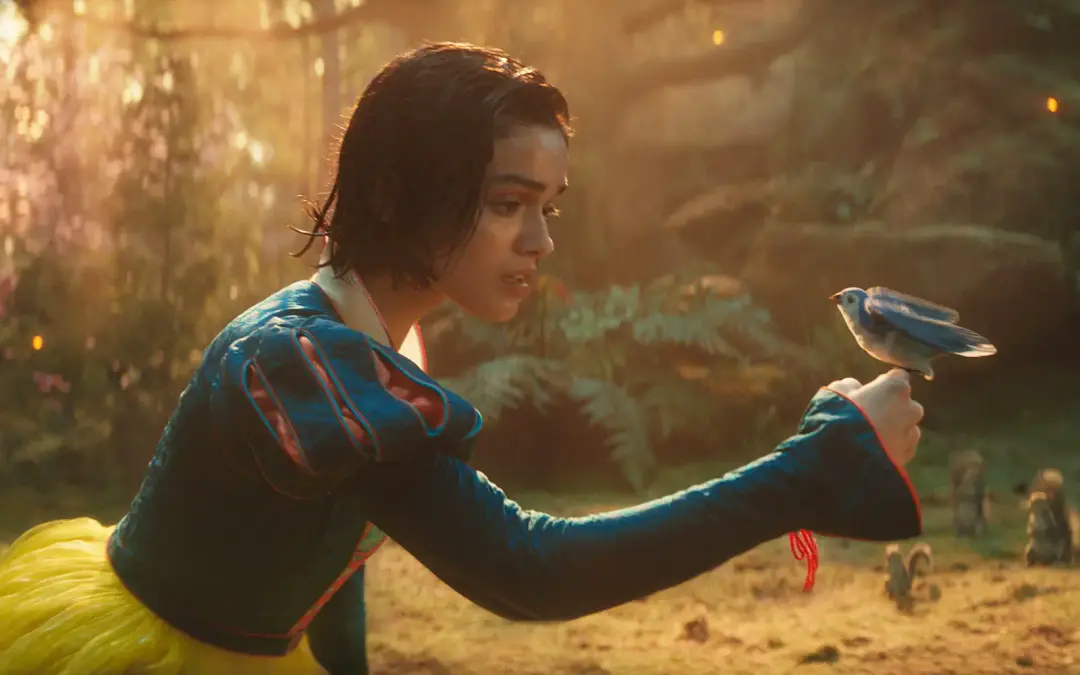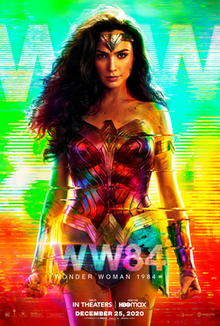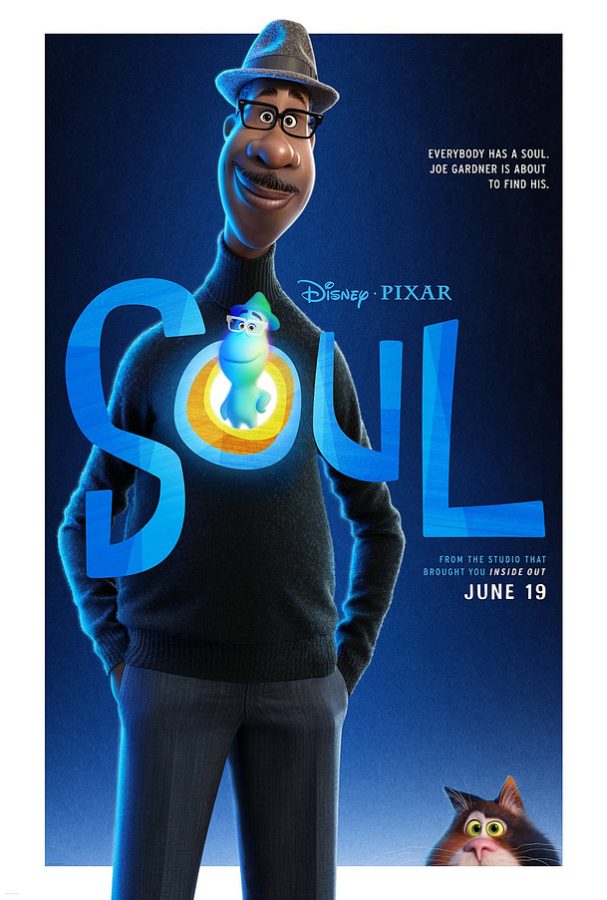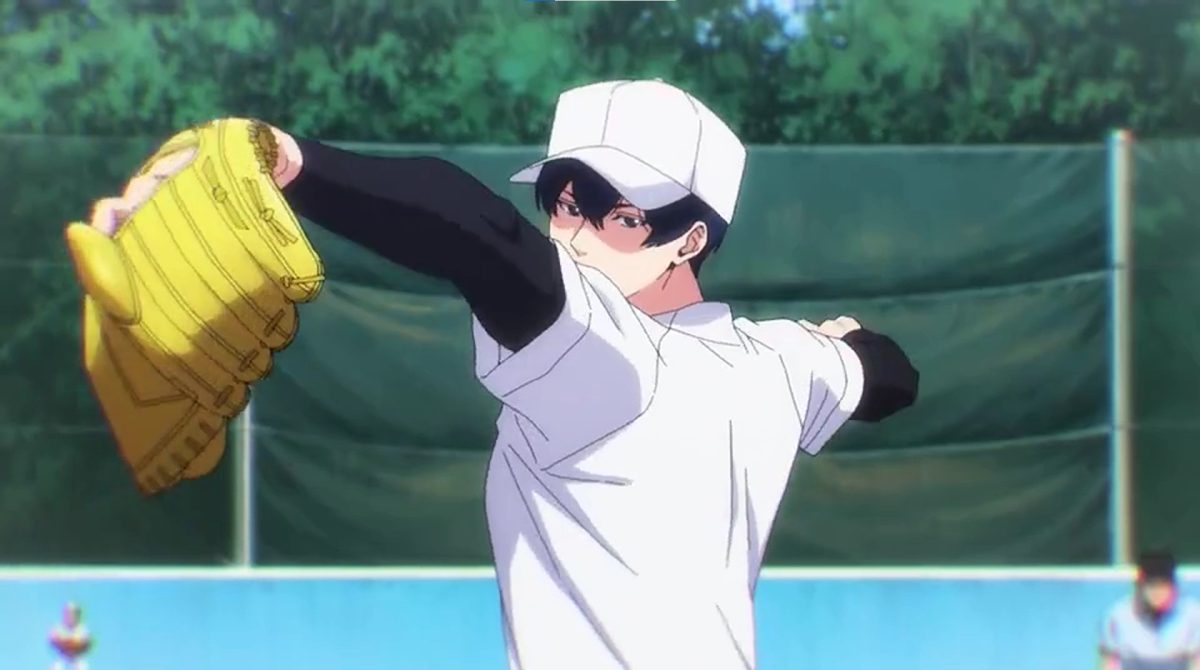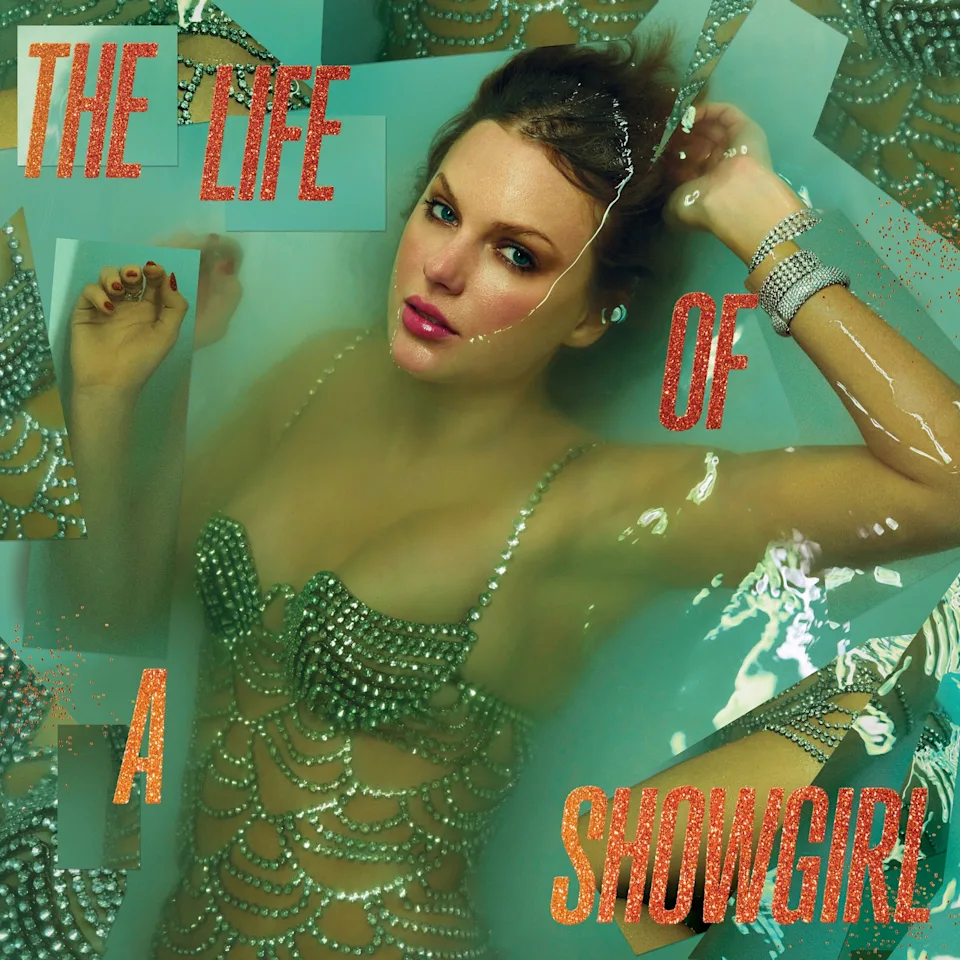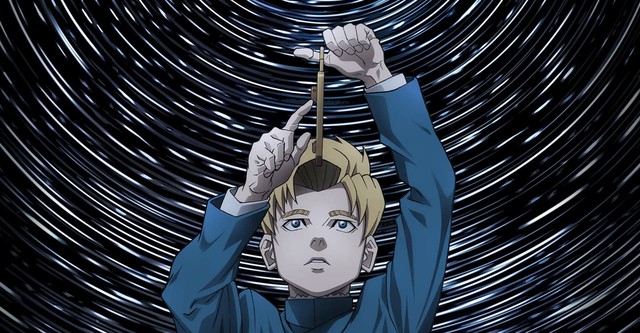In an era littered with low-effort live-action remakes, creativity is scarce in the film industry. Instead of delivering high-quality originals, Disney continues to throw cheap CGI-powered remakes at fans to no avail. From “Snow White” to “The Little Mermaid” to “The Lion King,” Disney’s recent productions have done nothing but disappoint their loyal fanbase.
Last Friday, Disney’s not-so-heavily-anticipated “Snow White” remake finally arrived to theaters in America and was met with heavy criticism surrounding everything from casting to set design (or lack thereof). The film was rated 42% by Rotten Tomatoes and was subject to a plethora of lukewarm reviews from critics and audience members alike.
For many, the recent release served as nothing but a reminder that the film industry is becoming more and more devoid of creativity with each release—and this trend is sure to continue with the upcoming “Lilo & Stitch” live-action set to release on May 23.
Though moviegoers have been haunted by this development for the past decade by numerous film companies such as Paramount Pictures with disasters like the “The Last Airbender,” it’s especially disappointing to see Disney continue to capitalize on the trend knowing that the multi-billion dollar company has more than enough resources to produce something creative for once.
Disney used to be an outlier, breaking barriers in film-making and animation that were previously deemed impossible– For example, the original “Snow White and the Seven Dwarves” was the first ever full-length animated film. So it’s disappointing to think that almost a century later, the company is selling out as they leave the innovative reputation they once had behind.
Remakes ruin the trademark Disney magic people count on for every release. Something about seeing the scenic castle and fireworks followed up by poor color grading and fake dwarves just doesn’t seem to do it for a lot of people.
In addition to complaints about unoriginality, every remake receives immense backlash surrounding casting choices. For example, many netizens complained about Zegler not being “white enough” for the role of Snow White and the strange CGI dwarves in the movie, while last year, many fans were upset with the racially inaccurate casting for Ariel in “The Little Mermaid”.
To Disney, remakes are genius because the multi-billion-dollar corporation gets to spend less on writing and set design (largely in thanks to CGI). Furthermore, remakes are reliable because a large portion of casual viewers will be more interested in seeing a story they already know and love (even if redone poorly), instead of taking a gamble on a new movie.
But is capitalizing on casual viewers’ loyalty worth sacrificing the company’s core values? Dedicated fans have no choice but to watch as Disney tarnishes their own reputation as one of the most magical and creative companies while chasing profits remake after remake.
Furthermore, remakes provide Disney with a quick and easy opportunity to score diversity points, or at least they can attempt to– assuming the choice isn’t flamed by racist Disney “purists.” Why bother integrating unique cultures into new storylines when you could cast a person of color to play a white character? On the surface, it seems like a representation win, but upon further inspection, what once seemed progressive now seems lazy and overdone.
As if the casting choices and lack of creativity wasn’t bad enough, Disney remakes often feature poor visuals. In a clear attempt to cut costs, the majority of Disney’s recent remakes are CGI-powered—with uncanny dwarves, landscapes and talking animals that ruin the films’ immersion.
But at the end of the day, as long as people continue to pay to see them, Disney is going to keep pumping out remakes regardless of quality or substance. With creativity on the decline and profits on the rise, it’s unlikely the company will listen to fans’ complaints, but hopefully Disney will give the fans what they want after the mirror on the wall clearly declared “Snow White” the stalest remake of them all.

